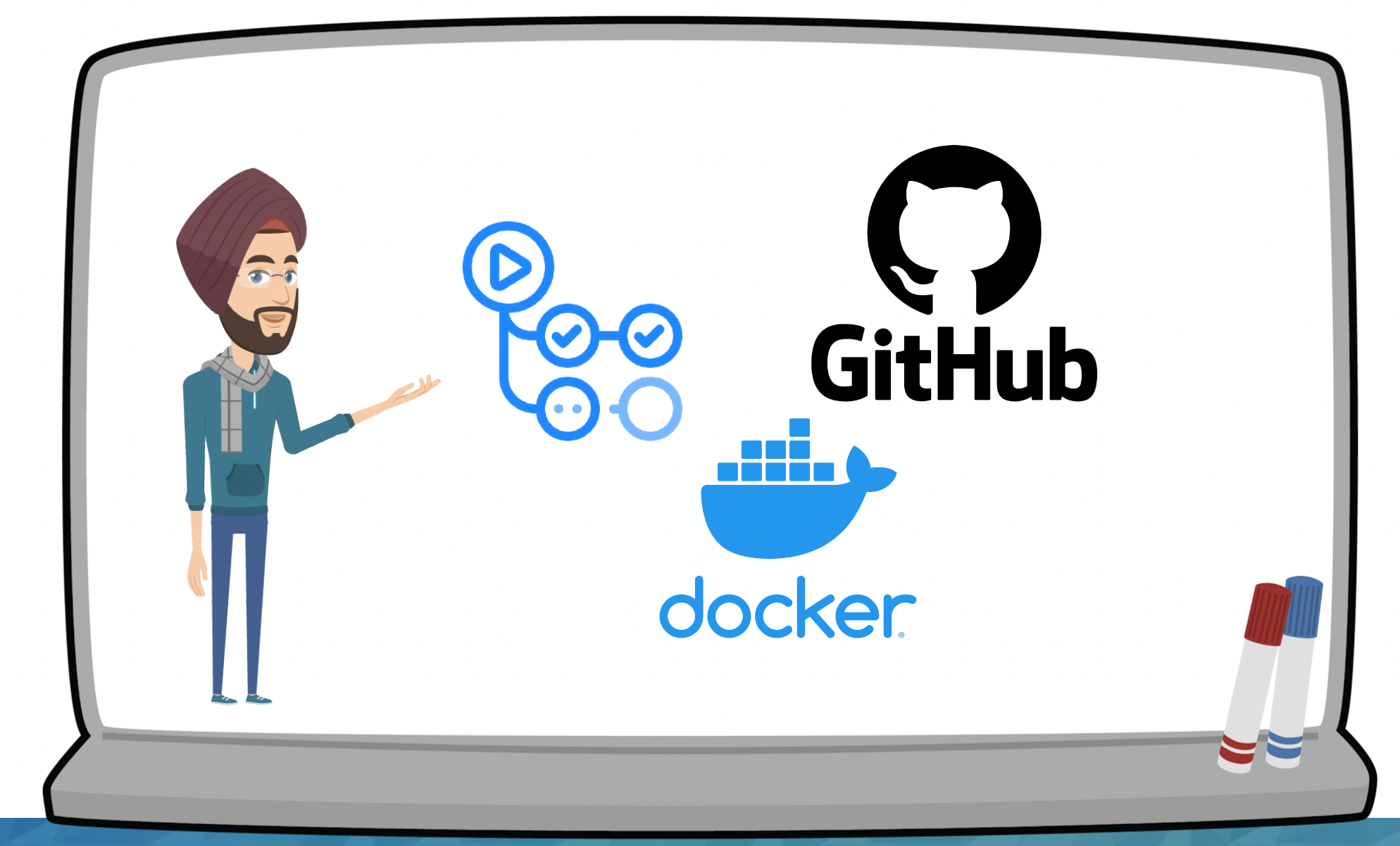In the dynamic landscape of modern technology, the need for robust monitoring and observability tools has become paramount. To navigate this landscape effectively, you require powerful solutions that offer insights into system performance and facilitate efficient issue resolution. Two standout players in this arena are Grafana and Datadog, each with a distinct set of features and capabilities. In this blog post, we embark on a journey of comparison between Grafana and Datadog, aiming to equip you with the knowledge needed to make an informed choice.
Grafana: The Open-Source Champion
Grafana stands out as an open-source platform celebrated for its adaptability and versatility. It has garnered significant attention among IT and DevOps teams due to its capability to connect with a variety of data sources and create customizable dashboards. Key highlights of Grafana include:
- Data Source Compatibility: Grafana boasts compatibility with a wide range of data sources, including powerful time-series databases like InfluxDB and Prometheus, making it a preferred choice for real-time monitoring.
- Dashboard Customization: Users benefit from a highly flexible, drag-and-drop interface that enables the creation of tailor-made dashboards, catering to specific data needs.
- Alerting and Notifications: Grafana offers robust alerting capabilities, enabling users to set up alerts based on predefined data thresholds and receive notifications via various channels.
- Community and Plugins: Supported by a thriving community, Grafana boasts an extensive library of plugins that expand its functionality and facilitate seamless integration with a diverse range of systems.
- Cost-Effectiveness: Notably, Grafana is open source and free to use, making it an attractive choice for smaller teams and organizations with budget constraints.
Datadog: The Unified Observability Platform
Datadog, in contrast, emerges as an all-inclusive observability platform that encompasses comprehensive monitoring, security, and analytics solutions. It serves as a preferred choice for organizations seeking a unified platform to meet their observability requirements. Key highlights of Datadog include:
- Data Integration: Datadog seamlessly integrates with a broad spectrum of data sources and cloud services, offering a holistic view of both infrastructure and applications.
- User-Friendly Interface: Datadog provides an intuitive, user-friendly interface, simplifying data visualization and reporting, and rendering it accessible to users of all technical backgrounds.
- Alerting and Incident Management: Datadog excels in advanced alerting and incident management capabilities, empowering proactive issue resolution and minimizing downtime.
- Security and Compliance: It stands out with strong security and compliance features, making it the platform of choice for enterprises with stringent data governance requirements.
- Scalability: Datadog’s scalability accommodates the needs of both small startups and large enterprises with high-volume data requirements.
Comparison Table
| Feature | Grafana | Datadog |
|---|---|---|
| Data Source Compatibility | Diverse, including time-series databases | Extensive, including cloud services |
| Dashboard Customization | Highly customizable, suitable for technical users | User-friendly with a low learning curve |
| Alerting and Notifications | Robust alerting capabilities | Advanced alerting and incident management |
| Cost | Open source and free | Paid plans with a free trial available |
| User-Friendly Interface | May require technical expertise | Intuitive and accessible for all users |
| Data Integration | Broad compatibility, may require setup | Seamless integration with cloud services |
| Security and Compliance | Basic security features | Strong security and compliance features |
| Community and Plugins | Active community with many plugins | Expansive ecosystem with integrations |
FAQs
Q1: Which tool is better for real-time monitoring?
A1: Grafana is the preferred choice for real-time monitoring, thanks to its strong support for time-series databases.
Q2: Can Datadog handle cloud-based data sources?
A2: Yes, Datadog seamlessly integrates with cloud services, making it well-suited for monitoring cloud-based environments.
Q3: Which tool is more user-friendly for non-technical users?
A3: Datadog’s intuitive interface makes it highly accessible for non-technical users, while Grafana may require some technical expertise.
Q4: Is Datadog suitable for small businesses?
A4: Yes, Datadog offers pricing plans suitable for businesses of all sizes, including startups and enterprises.
Q5: What are the costs associated with Grafana?
A5: Grafana is open source and free to use, which can be particularly appealing for smaller teams and budget-conscious organizations.
The choice between Grafana and Datadog hinges on your organization’s specific requirements and priorities. Grafana excels in flexibility, customization, and cost-effectiveness, being an open-source solution. In contrast, Datadog provides a unified platform with a user-friendly interface, making it accessible to a broader audience. Carefully consider your data sources, team skillset, and budget when making your decision, and remember that both tools have robust communities to support your monitoring and observability journey.
External Links:









